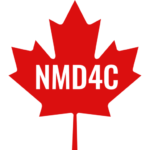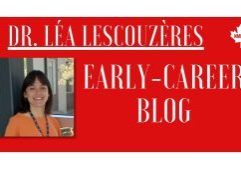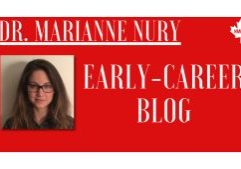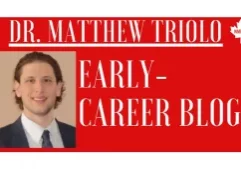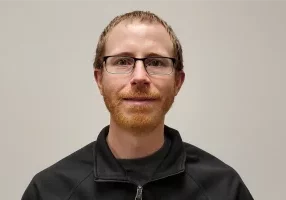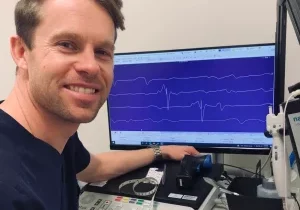Dr. Geoff Frost’s Early Career Blog
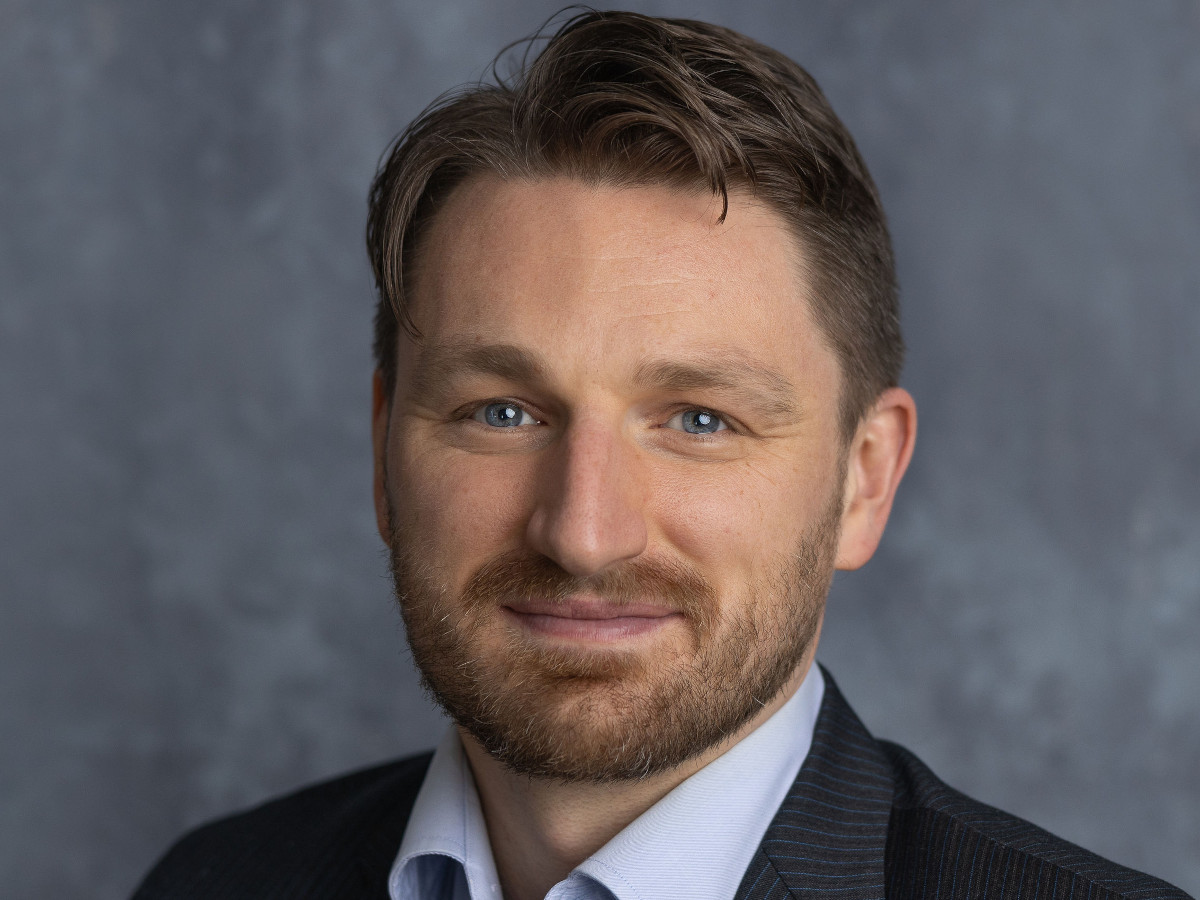
Dr. Geoff Frost's Blog
Human bodies are complex, difficult to understand biological machines. I have been forever fascinated by the mechanics and processes that make us tick. In my previous career as a biomedical engineer, I sought to study and then design processes that could help make machines work. I was always overjoyed when an engineering team could bring together multiple different and seemingly unrelated parts to create a machine that accomplished something wonderous. And there is no greater machine, in my eyes, than the human body.
As a medical student I was drawn to the field of Physiatry as it seemed like an intriguing blend of biomechanics and medical sciences. I enjoyed using the biomechanical side of my brain to help patients solve functional problems in their everyday lives. When your shoulders are weak due to a muscular dystrophy, how do you reach the top shelf in your kitchen to get a plate for dinner? What seems like a simple question can take on a world of complexity when your body does not work the way you might wish.
At the University of Calgary, I am training as a Neuromuscular Rehabilitation fellow. My training focuses on the intricacies of solving functional problems in rare diseases like inclusion body myositis and spinal muscular atrophy. I have had the privilege of learning alongside my patients as we develop heuristics and solutions that help patients get through their day.
Outside of the clinic, I have been working on developing tools that encourage children to participate in medically necessary therapy with a small company called Raft Digital Therapeutics. As a physiatrist, it’s rare for me to treat a disease that does not benefit from medically necessary therapy. Almost all my patients have tolerated me droning on about exercise at some point, but for patients with disabilities, participating in routine exercise can be an almost insurmountable challenge to overcome. We call the gap between intention to exercise and actual exercise the adherence gap. And that gap is understandably large. We know that finding leverage points to encourage participation may be one part of the solution to solving the adherence gap. Our first attempt at solving the problem is a computer game called The Cloud Bazaar. The game uses motion capture technology to turn your body into a mechanism for character control in a game. So, by doing exercise, you get to play a video game. We aimed the game at children with Spinal Muscular Atrophy but hope to grow the game’s indications over time. It has been incredibly motivating to work with young adults with Spinal Muscular Atrophy to develop a solution that might form one small part of the solution to the adherence gap.
As I complete my fellowship this summer, I look forward to a career of helping patients solve challenging problems. I always leave clinic motivated to keep finding solutions to the functional barriers that patients face in their daily lives and look forward with anticipation to the challenges that will be brought to the Neuromuscular community throughout my career.
About Dr. Geoff Frost
Dr. Frost completed an undergraduate degree in Engineering Science at the University of Toronto and then a Master’s Degree in Clinical Biomedical Engineering, also at the University of Toronto. He worked as an engineer with the lung transplantation group at the Toronto General Hospital before then completing medical school at McMaster University. He then subsequently completed a residency in Physical Medicine and Rehabilitation (Physiatry) at the University of British Columbia, where he developed a keen interest in Neuromuscular Medicine. He is currently completing his Fellowship in Neuromuscular Medicine at the University of Calgary and looks forward to a career in Neuromuscular Rehabilitation. Dr. Frost’s main interest outside of work are begrudgingly getting his daily exercise in (the adherence gap applies to everyone!), hiking in the Rocky Mountains, and losing track of time playing board games.
